Text
CTS B | Summative Assessment Prep — Session 2
My initial focus towards a user-centered approach, where functionality, clarity, and accessibility take priority over purely aesthetic appeal.

My classmates were supportive with my artistic statements...
However, I find that they no longer fully align with my evolving focus on social impact...
Inspired by class discussions on social engagement, I've recognized the need to reframe my artistic statement to challenge my former ideals!
In challenging my current statement, I'm pushing designs that engage the audience on a deeper level, fostering emotions, awareness and promoting positive social action.
This approach mirrors my vision for design as a tool for communication, connection, prioritizing functionality, accessibility, and inclusivity.
French artist JR focuses on connecting people through portraits. Rooted in a commitment to inclusivity, "Inside Out".
Visually represents personal and collective experiences, fostering a deeper understanding of social issues like migration and identity!

"By adopting elements that enhance understanding and inclusivity, design becomes more impactful, honest, relevant, and engaging!" (Dinesh Rawat)
Inspired by week 1 (Creative Practice and Critical Thinking)

Creativity enriches the process by expressing complex messages innovatively, using emotions, and symbols.
Even in typography!


Visuals convey personal and collective experiences, making designs resonate with people’s realities. (Vikash Arjan)
Tomás Saraceno creates projects that not only engage audiences on a personal level but also envision sustainability.

Emphasizing interconnectedness and sustainability, encouraging audiences to consider how we might live harmoniously with the environment.
My vision similarly seeks to create impactful designs that address social needs. Using clear elements to enhance the viewer’s experience meaningfully.

Inspired by Week 3 (This Is How You Connect Practice with Society), I recognizes that building community is vital for collective action and sustainable change.
Christine Sun Kim, a deaf artist, incorporates her unique perspective into her art, fostering understanding and inclusivity within the community.

By embedding local narratives and addressing social issues, I aim to create designs that resonate with specific communities.
Like hawkers during the pandemic!


Where I'm moved by Amanda Heng's works. Her campaigns go beyond visuals, speaking directly to people’s hearts and driving real change. (Angeline Koh)
This performance piece, she explores gender roles.
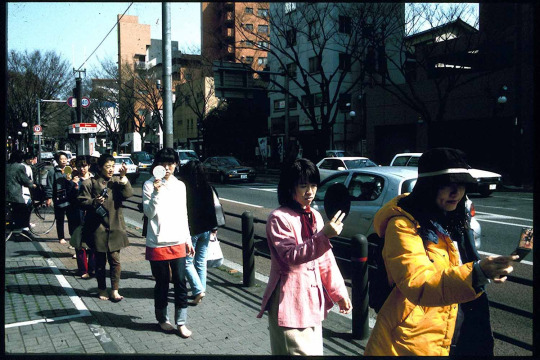
Reaching directly into people’s lives and prompting real change.
Her approach is purposeful and impactful, the work that stays with you long after you've experienced it.

Also Jessica Walsh uses design as a tool for communication, fostering awareness, and encouraging meaningful conversations around social issues. (Mary Hemingway)
She addresses the issue of body image and societal pressure regarding appearance.

I want my designs that connect deeply and make a difference.
Through my experiences volunteering with communities, I have witnessed firsthand challenges individuals faced...
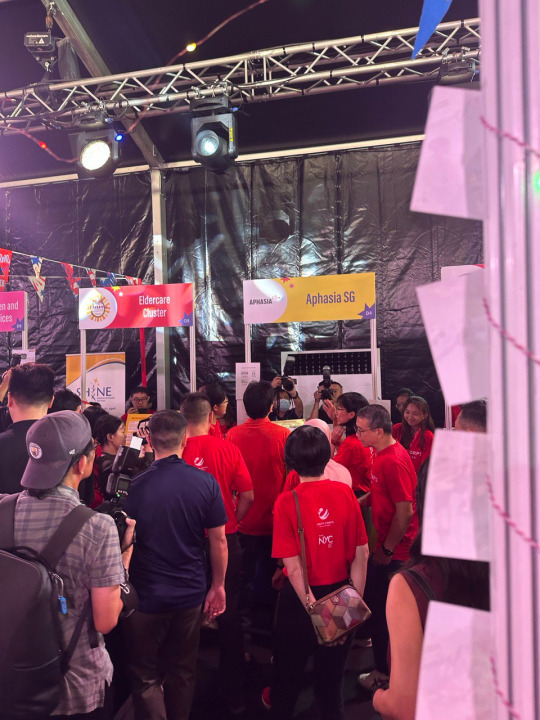
Each story I've heard has inspired me to use my design skills as a tool for change, I'm passionate about addressing issues such as mental health awareness.
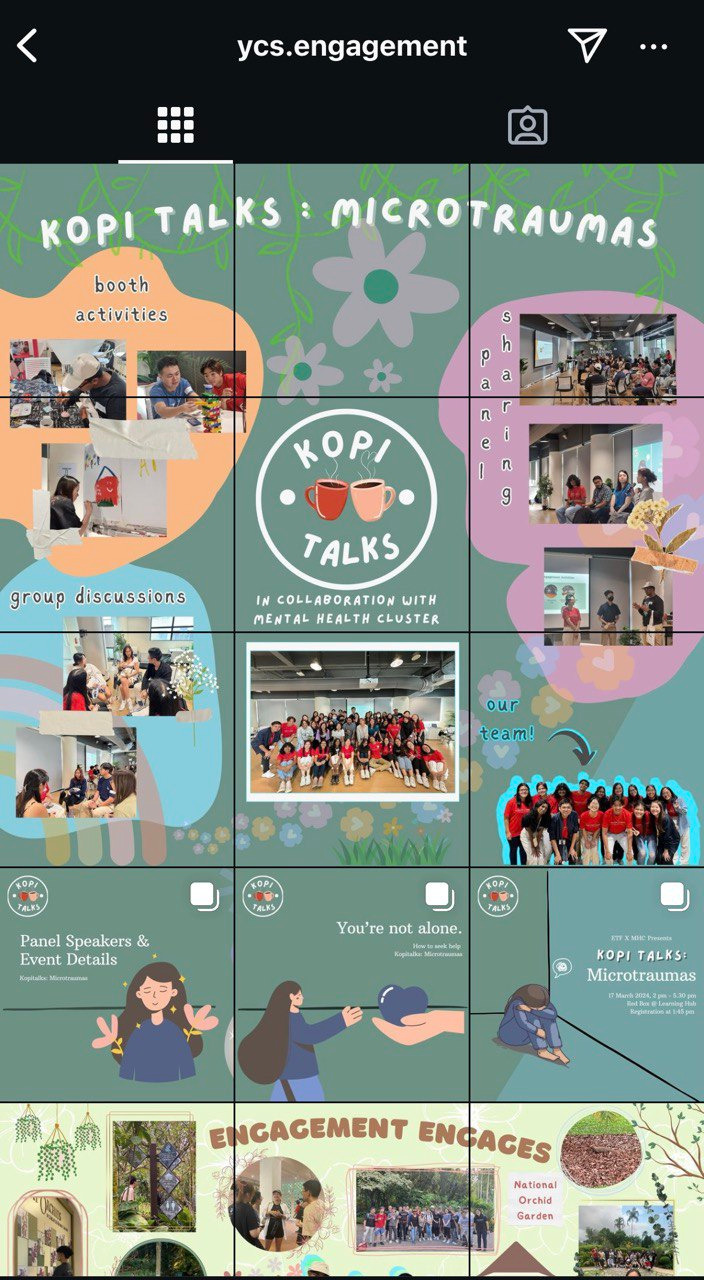
I aspire to collaborate with more community organizations to develop initiatives that celebrate cultural identities while addressing pressing social issues.
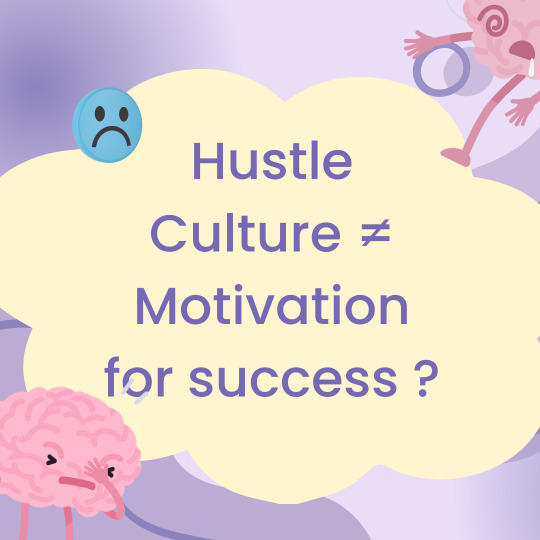
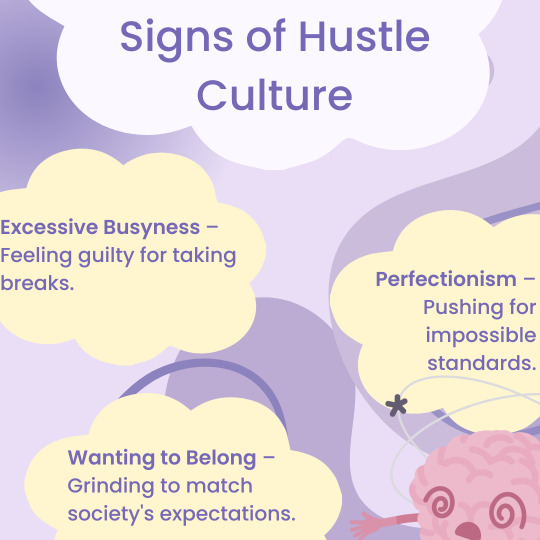
Through these partnerships, I hope to create impactful designs that inspire meaningful dialogue and change.
Reframing my artistic statements, this changes pushes impactful campaigns, engage audiences on a meaningful level, fostering awareness and encouraging positive social action!
(494 words)
References:
"Amanda Heng Singapore Infopedia". Nlb.gov,
https://www.nlb.gov.sg/main/article-detail?cmsuuid=bcfb8269-115b-47f7-8501-b00b0f65b1df
Accessed in 29 October.
"Here's how you can effectively convey your ideas through visual mediums in creative fields." Linkedin,
https://www.linkedin.com/advice/0/heres-how-you-can-effectively-convey-your-ideas-iep6c
Accessed in 29 October.
"Jessica Walsh". Design By Women,
https://designby-women.com/jessica-walsh/
Accessed in 29 October.
"Unlocking Design Potential: Embracing the Persona Spectrum for Inclusive User Experiences". Medium,
https://dinesh-rawat.medium.com/unlocking-design-potential-embracing-the-persona-spectrum-for-inclusive-user-experiences-e904574ec323
Accessed in 30 October.
#critical thinking#collaborative skills#partnership#usercentricdesign#user#visual#communication#psychology#understanding
0 notes
Text
Week 11 - Summative Assessment Prep — Session 1 (Manifesto)
Our group’s manifesto is about 'Design for Connection and Impact.'
Core Values are empathy, sustainability, collaboration, inclusivity, innovation, and creativity!

We chose a diary-like style for the manifesto board.
Reflective, honest, and raw!
It’s about capturing the highs and lows of the creative process, emphasizing self-discovery and why design matters to us!
Visually, we combined clean typography with handwritten notes, sketches, and messy diagrams.
It’s imperfect and real!
Highlighting exploration and curiosity.


The pin-up notes capture thoughts in the moment, showing an evolving journey that embraces the authentic, unfinished side of creativity!
The manifesto highlights thoughtful exploration, recognizing the influence of others while pushing the boundaries of possibility.
A clear call to designers to go beyond their comfort zones, to engage deeply with their environment and with others.
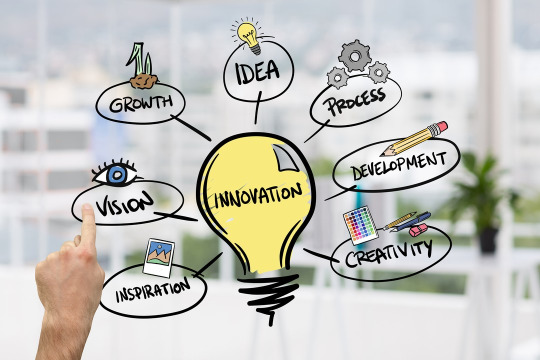
We recognize that 99% of ideas already exist, but true innovation comes from that crucial 1%.
Another key point is the transformative potential of creative thinking, making the impossible possible through critical and creative processes. (Sebastian Loewe)
Making connections to materiality craft workshop where I've designed a cube.
Reflecting the themes of emotional confinement.
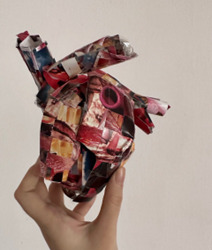

I was inspired to blend my identity with my creative practice, producing work that is both personal and socially engaging.
It emphasizes design’s role in creating a better world and the designer’s responsibility to contribute positively to society.
Where I particularly like this lesson that inspires me to think critically about my designs and their impact, encouraging a more thoughtful and intentional creative practice.
Where my creative approach aligns to be a better user centric designer...



This connects to Digital Class, where I've designed a FOODHOOD app.
By embracing a user-centered designer, I aimed to ensure that the app would be intuitive and accessible, aligning with the lesson's emphasis on thoughtful and intentional design.

I decided to go beyond the requirement of creating just five landing pages and fully design the entire app to change my creative approach.


"It’s about creating solutions that matter and making a real difference through my creative practice." (Rishabh Gagneja)
This got me thinking...
Do I have my own version of the manifesto?
Maybe it’s about digging deeper into the
“why”
behind each design choice.

Our manifesto touches on creativity and exploration, but are we truly focusing on the empathy and impact we want?
What if I included more personal stories...
Like the initial skeptism about elective (Experience).
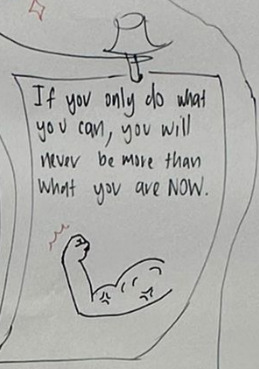

The ability to bring my static designs to life has opened up exciting avenues for storytelling in my projects.
Like studio!
"Grounding it in real scenarios could make it more relatable. Ensuring our projects resonate on a deeper level." (Serkan Can Hatıpoğlu)
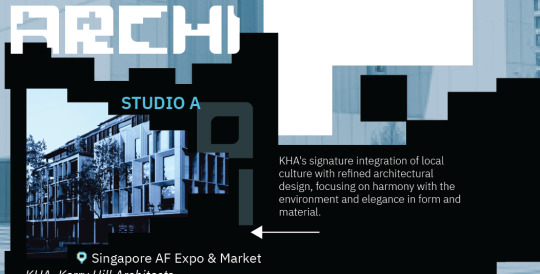

I also wonder if we’re fully capturing how our unique backgrounds shape our work...?
Like comics!

Additionally, incorporating comedy.
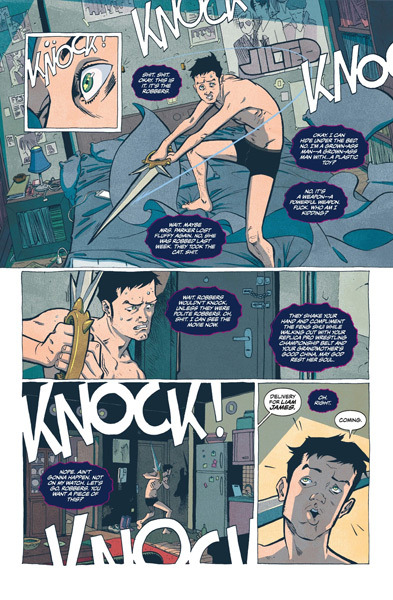
"Adding a more introspective layer, encouraging us to embrace our imperfections and messy creative processes." (Cornell Ellerby)
Including, before-and-after shots!

It’s not about discarding our current manifesto...
But challenging it to go further,
asking tougher questions,
and embracing a more honest perspective on what design can do!
(495 words)
References:
"Design Thinking: How Designers Solve Problems and Create Innovative Solutions". Linkedln,
https://www.linkedin.com/pulse/design-thinking-how-designers-solve-problems-create-rishabh-gagneja/
Accessed in 22 October.
"Embracing Imperfection: The Key to Creative Growth". Linkedln,
https://www.linkedin.com/pulse/embracing-imperfection-key-creative-growth-cornell-ellerby-qk3yc/
Accessed in 22 October.
"Examples in Design Education: Inspiration or Fixation?". shs conferences.org,
https://www.shs-conferences.org/articles/shsconf/pdf/2018/09/shsconf_erpa2018_01061.pdf
Accessed in 23 October.
"Toward a Critical Design Thinking: Propositions to Rewrite the Design Thinking Process". Michigan Publishing,
https://quod.lib.umich.edu/d/dialectic/14932326.0002.208/--toward-a-critical-design-thinking-propositions-to-rewrite?rgn=main;view=fulltext
Accessed in 23 October.
#critical thinking#Manifesto#empathy#inspiration#creative process#imperfection#perspective#creativity#impact#exploration
0 notes
Text
Week 4, 5 - Field Trip National Gallery Singapore
The National Gallery Singapore beautifully merges colonial and modern architecture, creating a striking contrast between historic façades and a sleek glass canopy...

"This design allows natural light to flood through the energy-efficient ceiling, reducing artificial lighting and minimizing environmental impact." (Opeyemi O. Sina-Olulana)

Steel elements, including a tree-like ceiling design, add a modern, industrial touch while blending seamlessly with nature-inspired structures to reinforce sustainability.

The gallery's subtle wayfinding system, featuring small modernist plaques and minimalist arrows, strong hierachy, multilingual, artistic touches.




Additionally, the app's inclusive features enhance accessibility, combining convenience with interactive learning through navigation, audio commentary, and multimedia for informative visit.

The multifunctional interface for tour passes and express checkouts greatly enhances visitor convenience and efficiency.


The gallery’s smart marketing tools, such as gigantic interactive screens, offer a curated art journey, creating an immersive and engaging experience.


The unique fundraising partner wall highlights corporate sponsors designed like a "community" styled effort to preserve Singapore's cultural heritage.

The architecture adapts to the art, with stark white walls showcasing bold contemporary works and soft grey tones highlighting historical pieces...
This exhibition focuses on nation-building and identity in Singapore.

A painting created during intense political activity uses a classroom setting to emphasize education's role in fostering national unity.


While reflecting the anxiety and instability of strict government measures and their impact on the working class.


The works explore cultural heritage, identity, and social transformation in post-independence Singapore, from kampong life to societal challenges.



I wondered how the gallery balances progress with tradition, blending modern features while honoring history...?
Like mama shop! Capturing Singapore’s everyday cultural heritage.

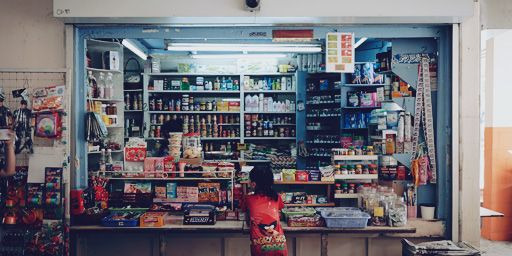
And the AR features, to learn about Singapore’s heritage in a modern, accessible way.

The gallery excels at blending progress with tradition, effectively narrating Singapore’s evolving story!
(274 words)
References:
"Chua Mia Tee". nlb.gov,
https://www.nlb.gov.sg/main/article-detail?cmsuuid=6e424ef1-38be-429e-8a2d-b37cb258d013
Accessed in 1 September.
"Linguistic landscape in Singapore: what shop names reveal about Singapore’s multilingualism". ResearchGate,
https://www.researchgate.net/publication/307571091_Linguistic_landscape_in_Singapore_what_shop_names_reveal_about_Singapore's_multilingualism
Accessed in 1 September.
"SIMPLICITY OF SUSTAINABILITY IN DESIGN". Linkedin,
https://www.linkedin.com/pulse/crystal-simplicity-sustainability-design-opeyemi-o-sina-olulana-mwaee/
Accessed in 1 September.
0 notes
Text
Week 2 – This Is How You Connect Theory and Practice
Today's class was eye-opening as we explored identity, shaped by both internal and external factors.
I learned that identity is not only how I see myself (personal identity) but also how society defines me through gender, race, or job (social identity).
The guiding question made me reflect on how my personal identity, driven by creativity and design thinking, contrasts with my social identity as a student in Singapore.

My artistic identity links my inner traits to my visual contributions.
We discussed self-schemata.
"The beliefs I hold about myself. " (T.Franklin Murphy)
For example, seeing myself as organized leads me to structure my design process systematically.
In branding, wayfinding, or experimental work!
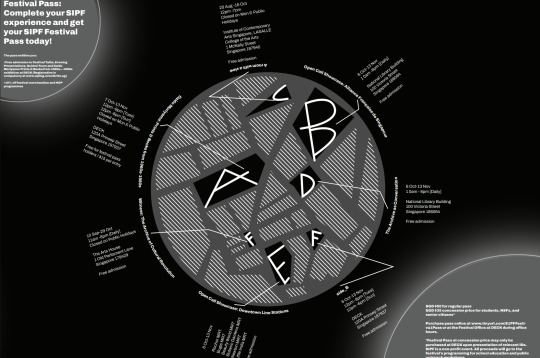

The class activity of illustrating my own identity made me think deeply about the role of my personal experiences.

Illustrating myself as an eco superhero reflects my commitment to sustainability and making a positive impact on the community.
Relating this to graphic design, I’ve seen identity-driven projects.
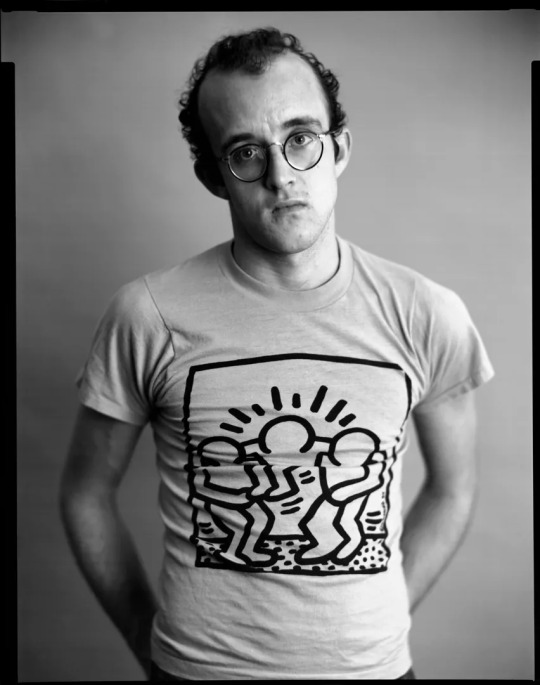


"Understanding identity is crucial in creating designs that emotionally resonate with audiences because identity goes beyond aesthetics." (Simon Back)
How can evolving identity reshape my design style and approach?
Exposure to new experiences, such as youth policy forums, can broaden my design perspective by engaging in collaborative discussions on life, job, green, and technology policies.

The diverse perspectives discussed inspire me to address real-world problems through design.
As my self-awareness evolves, I’m becoming more attuned to how my own identity influences my design decisions.
Like, an app design!


But with deep user empathy mapping, personas and user journeys.



Today’s exploration of identity made me consider how my design work can reflect my inner self while engaging with the social world.

(272 words)
References:
"Illustrator And Animator Yukai Du, Finding Her Style". Creativelivesinprogress.com,
https://www.creativelivesinprogress.com/article/yukai-du
Accessed in 22 August.
"Exploring the Role of Self Schema in Identity Formation". Psychology Fanantic,
https://psychologyfanatic.com/self-schema/
Accessed in 22 August.
"The Philosophy of 'Design with Emotion'". Linkedin,
https://www.linkedin.com/pulse/philosophy-design-emotion-simon-back-5itpc/
Accessed in 23 August.
0 notes
Text
Week 1 Creative Practice and Critical Thinking
I explored Singapore's climate change and its effects on daily life, initially presenting my ideas in an unstructured manner.
This prompted me to probe questions.
Is the message clear?
What visuals best support the text?
So, I made it structured.

Critical thinking was not merely about finding flaws but about refining creative ideas to enhance their impact.
My friend discussed the suicide rates among Singaporean students, enhancing her narrative with images.

We discovered that combining narrative with visuals is a powerful way to convey ideas, effectively communicate information.
Visual storytelling spans various media. Like contents in school slides and corporate media!


I realized that critical, analytical thinking, creativity and generative together can significantly raise awareness of social issues.
I considered different visual approach, such as comics, might be even more impactful.


Creating a comic starts with a generative burst of creativity, sketching characters, scenes, and dialogues freely. To ensure effectiveness, analytical thinking is needed to refine layout, pacing, and visual elements to support the message.
I also recognized that animation is potent tool for addressing social issues.
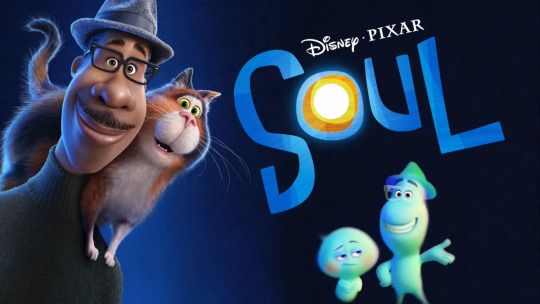

By incorporating movement, timing, and visuals, animation creates dynamic storytelling that enhances emotional impact and deeply engages audiences. (Darshan S)
"This is a reminder that in any problem-solving process, creativity and criticality aren’t opposing forces." (Michael Boyles)
They’re partners, leading to more innovative and effective solutions.

Creativity might lead to bold colors or unique navigation in website design, critical evaluation ensures these elements contribute to a user-friendly experience.


In a broader context, the Hyundai hydroponic farm illustrates how creative equipment addresses problems in agriculture, using nutrient-rich water instead of soil. But engineers must consider energy efficiency, robotic precision, and the economics of automation.


Creativity and critical thinking are complementary forces.
(273 words)
References:
"Comics Architecture, Multidimensionality, and Time: Chris Ware's Jimmy Corrigan: The Smartest Kid on Earth." ResearchGate,
https://www.researchgate.net/publication/236804542_Comics_Architecture_Multidimensionality_and_Time_Chris_Ware's_Jimmy_Corrigan_The_Smartest_Kid_on_Earth
Accessed in 16 August. "The Power of Motion Graphics: Transforming Visual Storytelling and Engagement", linkedin.
https://www.linkedin.com/pulse/power-motion-graphics-transforming-visual-storytelling-s-05m6c/
Accessed in 16 August.
"What Is Creative Problem-Solving & Why Is It Important?", Harvard Business School.
https://online.hbs.edu/blog/post/what-is-creative-problem-solving
Accessed in 17 August.
0 notes
Text
Week 3 - Semiotics
Today's lecture demonstrated how these features are more than just aesthetic choices, they're powerful tools for conveying meaning!
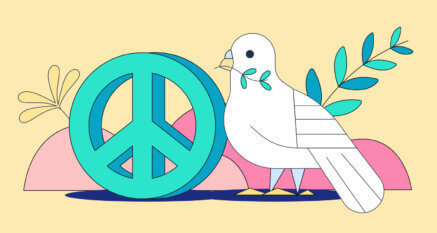
Like The Game of Thrones tagline, "Winter is coming," contains Symbolism. It can be very blatant at times, detracting from the tale...(Lindsay Kramer)


I dove into the fascinating world of poster analysis. It was like CSI, but with posters!
We dissected these works of art, focusing on the colors and compositions. It turns out there's a science to how these aspects interact with an audience. It's like attempting to break a secret code, but instead of spies, we're dealing with colors and shapes!

Wait, it gets even crazier.
We then examined how the messages on these posters changed depending on who was looking at them. It's like those magic eye puzzles: what you see depends on where you stand.
Who knew a simple poster could contain so many layers of meaning?
We also learned about signifiers, which are basically the clues that tell us what a poster is trying to say. It's like deciphering a secret language, we're decoding images and text.
This holistic approach aligns with my design philosophy, where every element serves a purpose in conveying meaning.
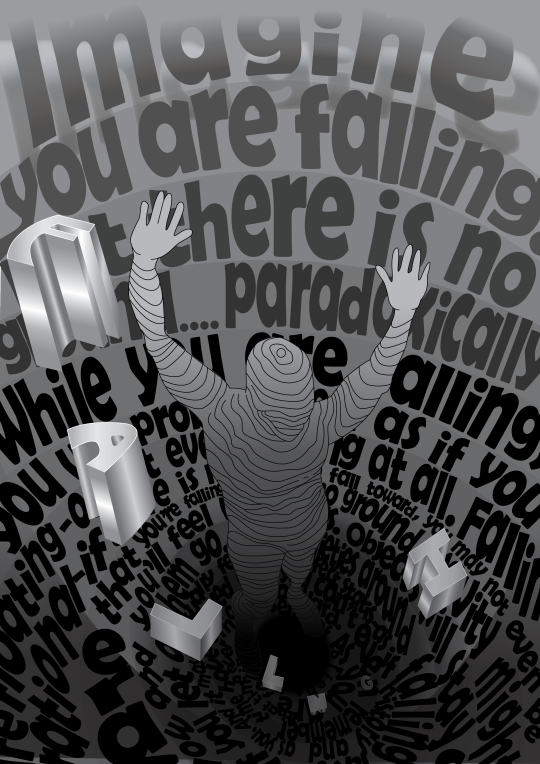
This makes me a better designer in Illustration, considering each element's contribution to the story!
This analytical approach resonated with my design training, emphasizing the significance of formal components.

I learnt that semiotics has been employed in a variety of domains, including linguistics, literature, film studies, and advertising. (Daniel Chandler)

It examines how meaning is formed and expressed through signs and symbols.

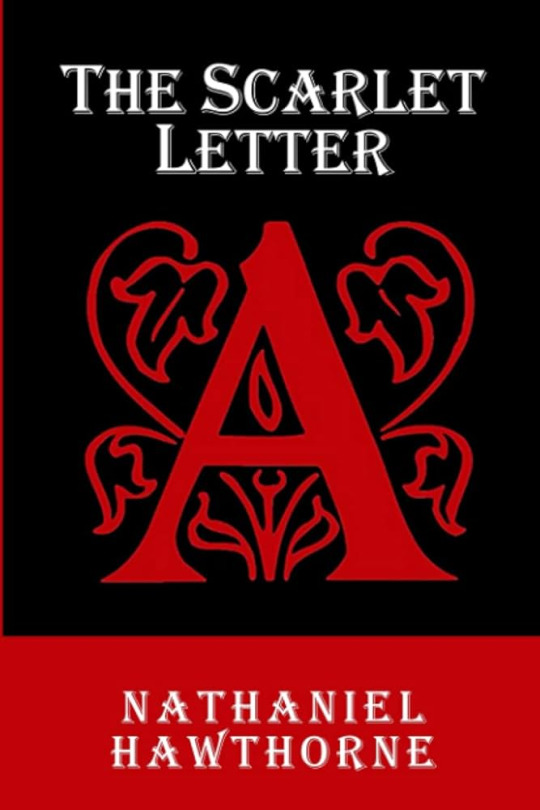
Semiotics is important in branding and marketing communication...
Semiotics aids in the creation of visual elements of brand's values and identity. They remind and communicate companies' personality. (Atul Arora)

(275 words)
References:
"Semiotics for Beginners". Coursesite,
https://web.pdx.edu/~singlem/coursesite/begsem.html
Accessed in 1 February.
"The Importance of Semiotics in Brand & Marketing Communication". Linkedin,
https://www.linkedin.com/pulse/importance-semiotics-brand-marketing-communication-atul-arora/
Accessed in 1 February.
"What Is Symbolism? Examples of Symbolism as a Literary Device". Grammarly,
https://www.grammarly.com/blog/symbolism/
Accessed in 2 February.
0 notes